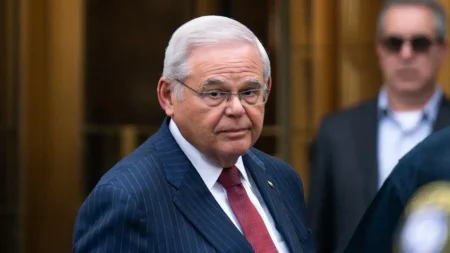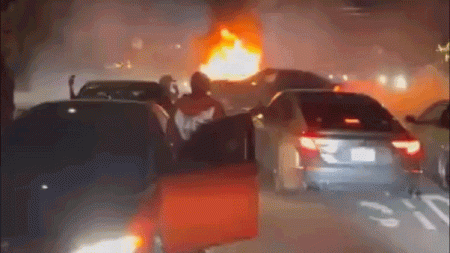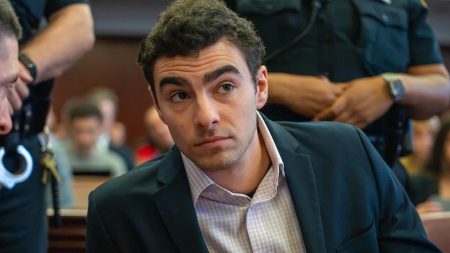Thompson: A Controversial Figure Captivating a New Generation with Nationalist Appeal
In modern Croatia, a musical phenomenon has been gaining momentum as younger audiences discover the powerful, patriotic sounds of Marko Perković, known professionally as Thompson. Named after the American submachine gun he carried during Croatia’s 1990s War of Independence, Thompson has established himself as more than just a musician—he’s become a cultural symbol for many Croatians seeking connection to their national identity. His performances, often accompanied by the controversial fascist-associated salute and nationalist themes, have sparked heated debates across the country and beyond, yet his popularity continues to surge, particularly among younger generations who weren’t alive during the violent breakup of Yugoslavia.
Thompson’s appeal lies in his carefully cultivated image as a defender of Croatian heritage and traditional values. His concerts transform into patriotic rallies where thousands gather, many dressed in black, waving Croatian flags while singing along to lyrics that celebrate the country’s history and independence. For these fans, Thompson represents an uncompromising voice that stands against what they perceive as threats to Croatian identity in an increasingly globalized world. His music provides a soundtrack for those who feel their national pride has been suppressed in the post-war era of European integration and liberal democracy, offering instead a vision of Croatia rooted in conservative Catholic values and historical pride.
The controversy surrounding Thompson stems primarily from his association with symbols and rhetoric connected to the Ustaše, Croatia’s World War II fascist movement responsible for mass killings of Serbs, Jews, and Roma. While Thompson has repeatedly denied supporting fascist ideology, his use of the “Za dom spremni” (“Ready for the homeland”) salute—the Ustaše equivalent of “Sieg Heil”—and songs referencing concentration camps have led to concert bans in several European countries. His defenders argue these elements are merely expressions of Croatian patriotism divorced from their historical context, while critics contend they normalize dangerous extremism and reopen historical wounds that impede regional reconciliation in the Balkans.
What makes Thompson’s resurgence particularly noteworthy is his growing popularity among Croatia’s youth, many of whom have no personal memory of the war that shaped their country’s modern identity. For these young fans, Thompson’s music offers a compelling narrative about their heritage during a time of uncertainty. In an era where traditional institutions are increasingly questioned, his unapologetic stance on national pride provides clarity and belonging. Social media has amplified his reach, with concert footage and patriotic memes circulating widely online, creating virtual communities where young people can embrace a version of Croatian identity that feels both rebellious and deeply rooted in tradition, even as it concerns many observers who fear the normalization of extremist attitudes.
The Thompson phenomenon reflects broader tensions within Croatian society and throughout Europe regarding nationalism, historical memory, and identity politics. Croatia’s journey from socialism to independence to European Union membership has created complex questions about how to commemorate the past while building a democratic future. Thompson’s supporters see him as giving voice to a legitimate pride in Croatian heritage that they believe has been suppressed by international pressure and political correctness. His critics counter that his brand of nationalism exploits real economic and social anxieties by channeling them toward divisive identity politics rather than constructive civic engagement. This cultural battle plays out not just in concert venues but in political discourse, education policy, and everyday conversations about what it means to be Croatian in the 21st century.
As Thompson continues to draw crowds and influence young people’s understanding of Croatian identity, the country faces important questions about how to address its complicated past while fostering a inclusive vision for its future. The debate extends beyond one controversial singer to fundamental issues of historical responsibility, freedom of expression, and the line between patriotism and extremism. For a nation still defining itself three decades after independence, Thompson represents both the power of cultural symbols to unite communities and their potential to divide them. His enduring popularity suggests that Croatia, like many countries navigating the complexities of national identity in a globalized world, is still searching for the balance between honoring heritage and embracing pluralism—a search that will likely continue to play out in both concert halls and parliament chambers for years to come.










